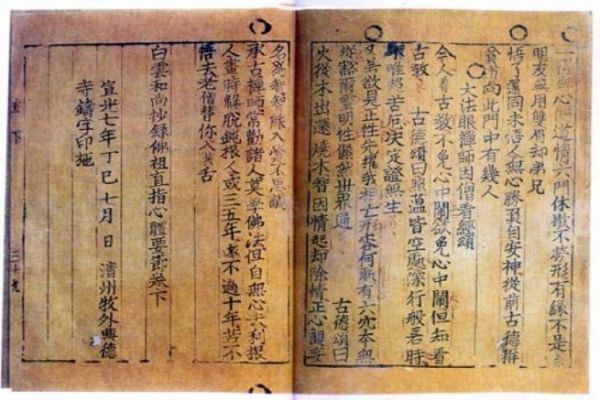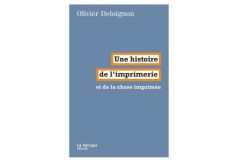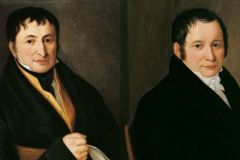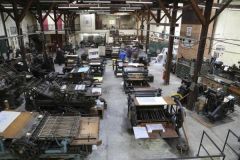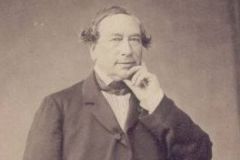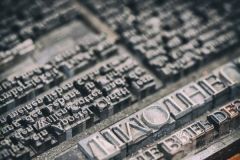The Bibliothèque nationale de France will present next spring, as part of an exhibition on the history of the development of printing, a unique piece: the Jikji . Unique, because it is the first work printed with movable characters to have been preserved until today.
Jikji is a collection, Anthology of the Zen teachings of the great Buddhist monks written by the monk master Baegun in 1372. Originally consisting of two volumes, only the second volume of 38 pages has survived. These two volumes were printed with movable metal characters in 1377 in Cheongju in South Korea, that is to say 23 years before the birth of Johannes Gutenberg and 78 before his bible came off the presses!
Gutenberg's role in the development of printing in Europe is not to be questioned, but at the time, the West was probably unaware that in the East as well, and more precisely in China, xylography (a process of reproduction using engraved plates) had been used since the 8th century. The story goes that Marco Polo marveled at the use of paper money in China without realizing that it was printed.
In China, the use of the first movable type or characters in clay dates back to the 11th century. It is during the Goryeo dynasty, from the 1200s, that printing techniques evolved in Asia and more particularly in Korea. A printer in charge of transposing the woodcuts of a collection named Tipitaka he succeeded in making isolated metal type in a sort of case drawer. In 1392, the Goryeo royal court set up a special office to melt the movable type and ensure the printing of books.
It is only in 1972, year of the exhibition organized by the National Library of France for the international year of the book, that the Jikji was recognized as a work that was printed with movable metal type before the Gutenberg Bible. In 2001, Unesco included it in the Memory of the World.
